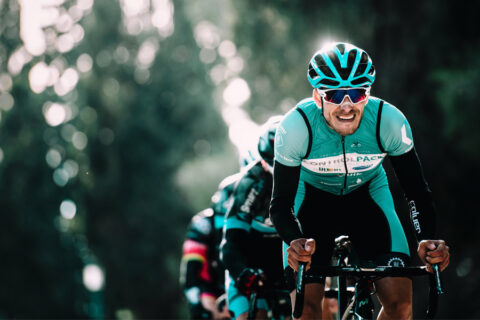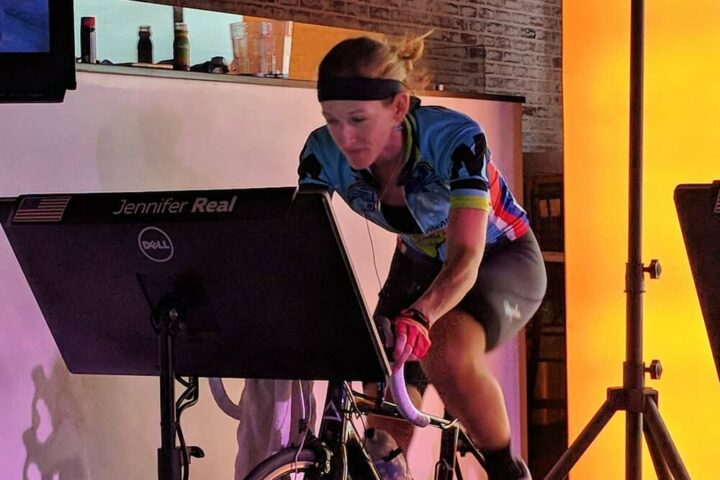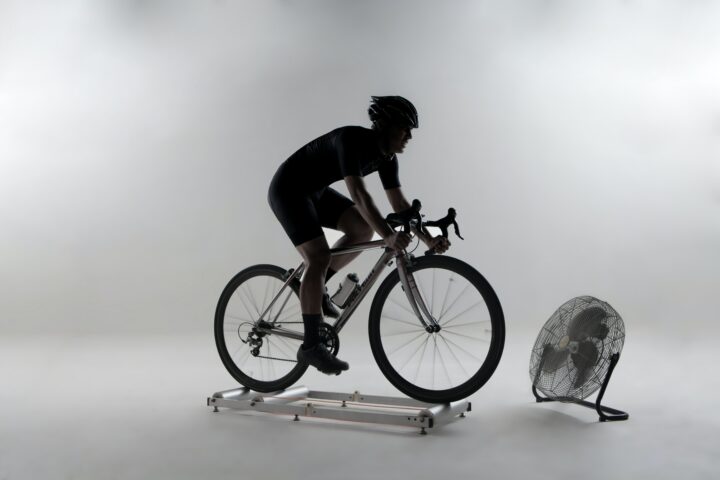
Polarized Training Pathway
In collaboration with Dr. Stephen Seiler, the “father of polarized training,” we have curated everything you need to know about the 80/20 training method.

Cycling training is a science and an art. How endurance athletes train, when they train, and the intensity and duration of that training all affect the gains and adaptations they see.
Proper interval execution is essential to see the expected progress. How you analyze and interpret all that data is equally valuable. Of course, training needs to be planned so it fits into any given season, race schedule, and lifestyle. Off the bike, the importance of strength and conditioning is often neglected.
This is training. This process is what athletes live for.

In collaboration with Dr. Stephen Seiler, the “father of polarized training,” we have curated everything you need to know about the 80/20 training method.

Interval workouts are a fundamental part of any endurance training program. Learn exactly what intervals are, why they are so important, and how to properly execute interval workouts with the help of Sebastian Weber, Neal Henderson, and Dr. Stephen Seiler.

We review the art and science of developing and maintaining an annual training plan, which helps athletes progress and perform at their best.

It’s hard to find time to fit in the long, slow miles that traditionally comprise the base season. Coach Trevor Connor offers suggestions for improving life-training balance, understanding quality versus quantity, and more.

Rob Pickels shows us how to do mountain bike intervals based on Dr. Seiler’s polarized training research.

World-leading environmental physiologist Dr. Stephen Cheung shows how to practice heat training in your own home and how to incorporate it into your annual training schedule.

In this workshop, find out whether the benefits heat training carry over to racing in temperate environments.

Fast Talk all-star guests including Dr. Iñigo San Millán, Kendra Wenzel, Joe Friel, Lennard Zinn, and Brent Bookwalter reveal their favorite workouts.

The very best athletes are as strong mentally as they are physically. In the Sport Psychology Pathway from Fast Talk Labs, we explore how to build mental skills with experts like Dr. Simon Marshall, Julie Emmerman, Grant Holicky, Lesley Paterson, and Julie Young.

Coach Ryan Kohler shows the right way to do a Tabata Intervals workout, based on the research of Dr. Izumi Tabata, and when to do Tabata workouts during your season.

Medical doctor and elite Zwift team manager Jennifer Real talks with us about indoor training and racing, and how to achieve effective recovery including monitoring sleep and taking Vitamin D.

Trying to predict your performance can be nerve-wracking but in this era of training metrics and numbers, data can tell you a lot.

Chris Case explains a simple way to do over-under cycling interval workouts.

Coach Ryan Kohler demonstrates how to analyze ride data from a gravel workout with a high aerobic strain.

If you consider yourself a time-crunched athlete, how do you make the most of that time and incorporate HIIT into the plan?

Learn advanced data analysis for cycling, triathlon, and running workouts and races. With new data analysis tools, you can make better decisions about your training.

We asked for your questions on our 200th anniversary episode and we got so many of them that we decided to dedicate another episode to answer them.

Multiple-time Polka Dot Jersey Holder, Toms Skujins, discusses lactate testing, CGMs, ketone strips, and taking his own blood on the side of the road.

What will the future of endurance sports look like? From training to research to racing, we examine what is to come.

The author of “The Time-Crunched Cyclist” joins Fast Talk to discuss the science, merits, and limitations of the time-crunched training method.

Used strategically, riding inside can be a beneficial way to keep motivation high, effectively add intensity, and stave off winter training doldrums. With the help of Joe Friel, Dr. Stephen Seiler, and others, we explore all aspects of indoor cycling.

Fast Talk all-star guests including Dr. Iñigo San Millán, Dirk Friel, and Ben Delaney reveal their favorite workouts.